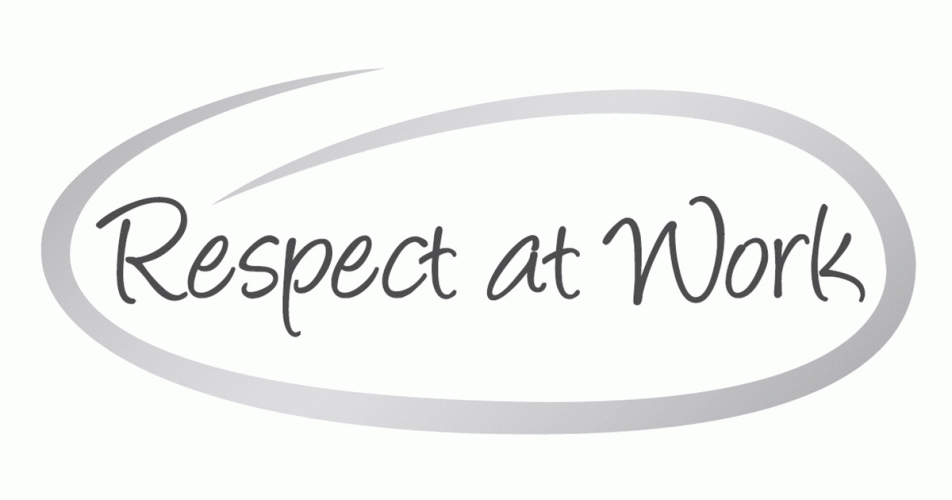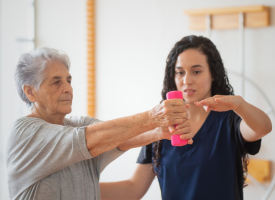Person-centred approach to workplace sexual harassment
In light of the new prohibition of sexual harassment in the workplace legislation introduced into the Fair Work Act 2009, Respect@Work has offered advice and guidance on how to implement a person-centred approach to workplace sexual harassment as opposed to using a system-based approach.

What’s the difference and why does it matter?
Prior to the Secure Jobs, Better Pay Bill 2022, workplaces typically approached harassment by using a system-based approach in order to manage what occurred in the workplace and at workplace functions and events. The Bill aims to create safe, inclusive and respectful workplaces by encouraging employers to take a preventative approach to sexual harassment and that’s the big difference, it is no longer about addressing what happens at work but about preventing what happens at work.
How do we do this?
To prevent sexual harassment from occurring, Respect@Work stresses the importance of understanding sexual harassment drivers. It is not about altering the behaviour of individuals, it is about changing the culture and workplace environments.
But how?
Respect@Work provides information about a person-centred approach over system-centred approach. A person-centred approach to workplace sexual harassment focuses on placing people – the targets of sexual harassment – at the centre of any response. This approach is about listening to, empowering and supporting people who are impacted by it.
Person-centred approaches refer to impacted individuals choosing the way in which they wish to report it. They are also involved in the decision about how to handle the issue. It respects the wishes and best interests of the person impacted, but does not mean they solely decide the organisation’s response or consequences for the offender.
This approach differs from a systems-based approach which relies on existing systems and practices when responding to sexual harassment. These types of system-dependant approaches fail to recognise and acknowledge the unique experiences and impacts sexual harassment can have on an individual. Below is a table taken from the Respect@Work webpage that highlights the differences.
| Person-centred | Service/system-centred |
| Talking with the person | Talking about the person |
| Listening to the person | Directing and instructing the person |
| Planning with the person | Planning for the person |
| Focus on individual needs, wishes and circumstances | Focus on a person’s environment, weaknesses and impact on the organisation |
| Finding solutions that work for the individual | Applying broad and blanket solutions tailored for the organisation |
| Understanding a person’s context | Applying broad contextual/organisational understandings of the situation |
| Respecting the person’s position in the organisations as equal | Consideration of positional hierarchy as a factor in determining a solution |
A response systems that prioritises a person's wellbeing is not only more likely to increase trust and engagement, it also supports the recovery process for all parties involved. This, in turn, increases the likelihood of victims coming forward to report and the chances of satisfactory resolution for everyone.
Respect@work encourages support for individuals to be built into each step of the response process and system. This will assist all parties involved in feeling supported throughout as well as after is has concluded. Below is an example of what this could look like.

Having a broad range of internal and external support options that prioritise victims’ health and safety will help to build trust and reduce barriers to reporting.
|
Workplace Relations Support can provide AMA Queensland members with general advice and information about what your responsibilities are as an employer in managing the health and safety of your practice. You can contact us via phone (07) 3872 2222 and email support workplacerelations@amaq.com.au. |
|
|
Workplace Relations Toolkit |
|
|
Workplace Relations Consultancy Workplace Relations Consultancy can offer comprehensive advice on situations of this nature that have occurred in your practice. This includes the development of talking points for meetings and one-on-training for practice managers on how to handle issues of this nature. |



